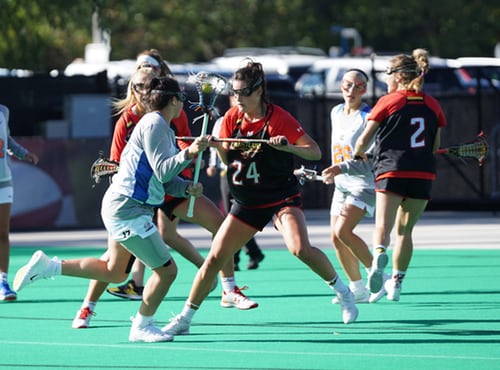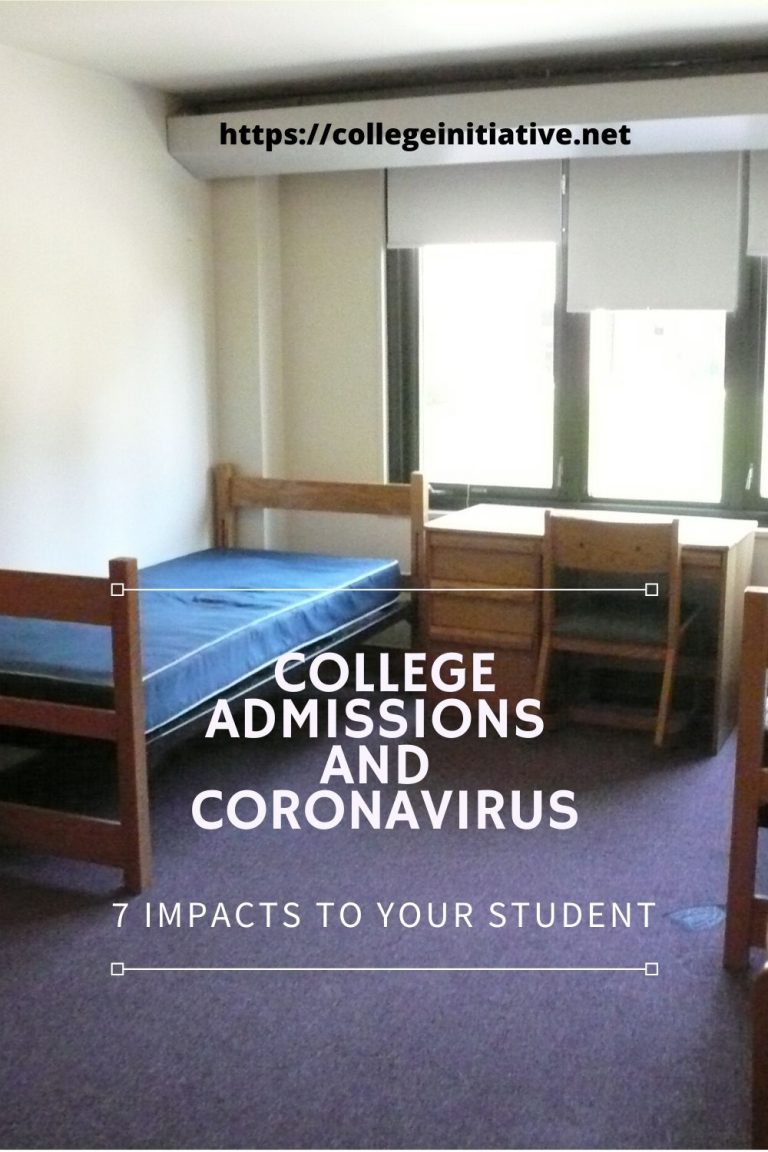College Athletic Recruiting: What You Need to Know to Get Started
Last Updated on July 2, 2024 by Jill Schwitzgebel
College athletic recruiting is a complicated thing and there is absolutely no way to capture all of the nuances in one article. For one thing, it varies by sport! But, I am going to give you an overview to get you started. And then, I’ll provide some further resources for you.
Before getting too far, I’m going to remind you of what you have hopefully heard a thousand times already: Know the odds. Very few high school athletes go on to compete at the college level. Make sure you’re being honest with your child – and with yourself. The NCAA regularly publishes the odds of high school athletes participating in college sports.

Maybe go watch some college level practices to see whether your child fits at that level. Proud parents might sometimes overestimate their student’s ability. Seek out objective feedback around sophomore year of high school, and really listen to the feedback that your child is given.
The equally important thing to know going in is that many sports really do not have scholarship resources for recruits. Division 1 schools will have the most resources, followed by Division 2. Division 3 schools do not give athletic scholarships at all. (http://www.ncaa.org/about/resources/media-center/ncaa-101/our-three-divisions) Even at Division 1 schools, not all sports have full funding. Football, basketball, womens’ gymnastics, women’s volleyball and women’s tennis are sports where every athlete usually receives a full scholarship. In other sports, athletes are more likely to receive a partial scholarship. Each conference and school may handle those amounts somewhat differently. And though D3 schools don’t technically give athletic scholarships, there are generally academic scholarships available for student athletes who are good students.
What Is the Recruiting Timeline?
To me, this is one of the most confusing aspects of college athletic recruiting! Each sport is slightly different and it sometimes feels like the rules change yearly. The rules also vary by division. The contact rules are laid out by the NCAA. http://www.ncaa.org/student-athletes/resources/recruiting-calendars
Within the contact rules, experienced parents say that the athlete should feel comfortable reaching out to coaches at schools of interest, after they have significant varsity or club playing experience. Students do not need to wait to be sought out by coaches, particularly if there are programs they are specifically interested in.
Visits can generally begin during a student’s junior year. Unofficial visits are paid for by family. Official visits, which include transportation, lodging and meals are paid for by the school. That means if planning to do a visit in the fall of their Junior year, the student needs to be sure to take the ACT or SAT early, if the student is planning to take them! There is a limit on official visits, so make sure you use those wisely.
How Involved Should Parents Be?
Because this process is tricky, parents really have to be involved. However, like all things related to college admissions, parents should let their kids take the lead in contacting coaches. Does that mean that the parent shouldn’t look over an email or a resume before it’s sent? Nope. Does it mean you shouldn’t be in the room when they take a phone call from a coach? Nope. Before any contact, help your teen come up with some specific questions and perhaps follow-ups, for the coaches.
There will be a role for parents in asking questions down the line. And every coach understands that. There are questions teens just don’t know to ask that will need to be asked. And sometimes, there is information that you will want to hear from the coach yourself, rather than just relying on what your teen thinks they heard.
What about Ivy League Schools and Service Academies?
Although these are classified as Division 1 for sports, they do NOT provide financial assistance for athletes. However, student athletes with the academic background to be competitive for acceptance at one of these institutions usually enjoy an advantage in the admissions process.
For academically competitive schools, athletes usually need to apply Early Decision. Otherwise, applying as an athlete may not give them an edge. That means that a student needs to be certain that this is the right school for them, as it’s binding.
One other important note here – the coaches from these schools can give a general idea about what the bottom test score is that they can or will accept. The Ivy league Academic Index plays a role in recruiting at these schools. Know that bottom score is probably only enough for the most coveted athletes. As the coach fills slots, they will begin to look for athletes with higher scores. So, don’t focus too much on that bottom number.
What Constitutes A Scholarship Offer and Commitment?
The ONLY binding offer is when a student signs a National Letter of Intent (NLI). If a coach says, “Hey, we’d love to have you here,” it’s not binding. Even if they send the student a nice letter, it doesn’t count as an official offer. And, if a student says to the coach, “Hey, I’d love to come to school here,” it’s also not a binding commitment. Every year, you read about athletes who had verbally committed to one school, but wind up signing an NLI with another.
Obviously, if you have a relationship with the coach, you may feel (correctly!) that you can trust them that your student will be getting an NLI to sign. But the point is, it’s not guaranteed.
Conclusion

Obviously, there are many details to athletic recruiting that will be specific to your child’s sport. And the differences among the Divisions adds another layer of complexity to the process.
Maybe the most important thing to know as you undertake the process is that YOU are your child’s best advocate during the recruiting process. Don’t expect all of the coaches to ultimately have your child’s best interests at heart. Hopefully, a few at both the high school and college level will, but don’t count on that.
Above all, student athletes should go to the school where they want to go and that offers them what they need academically. They need to be happy with their college choice, even if their sport was taken out of the equation. As you get further into the college search and the recruitment process and narrow down what your student likes, don’t waste time talking to a coach at a school which just isn’t a good fit.
The NCAA website is your best source of information: http://www.ncaa.org/about/resources/media-center/ncaa-101/what-ncaa. USA today also has a regular high school sports recruiting column that can be very helpful: https://usatodayhss.com/category/recruiting-column. But when undertaking the process, you will want to talk with your child’s coaches, as well as other parents whose child was recruited in the same sport as yours. They’ll often have the best tips for you.








I would like make my dream come true
Through a scholarship